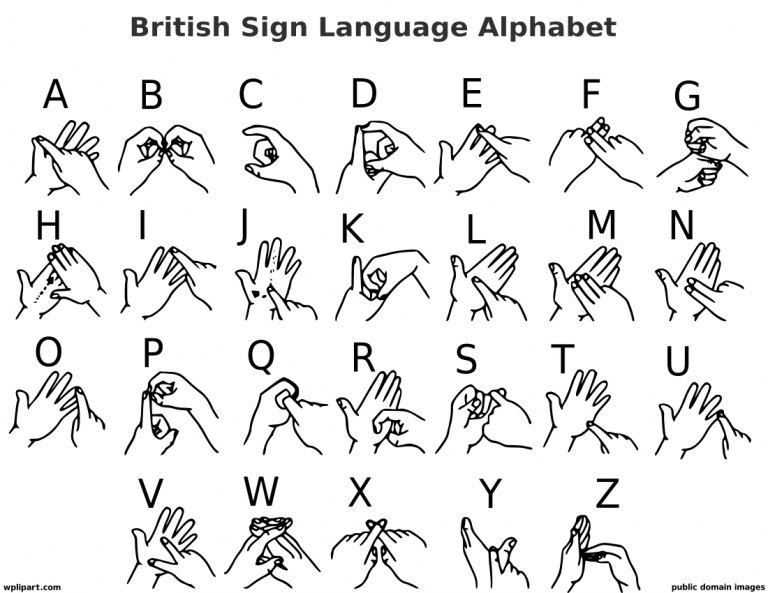This post was created to highlight British Sign Language in honor of September 23rd, The International Day of Sign Languages.
British Sign Language (BSL) is a gesture based communication utilized in the UK. There are approximately 125,000 deaf people in the UK who use BSL in addition to an expected 20,000 youngsters. In 2011, 15,000 individuals living in Britain and Wales confirmed BSL as their primary language. The language utilizes space and includes development of the hands, body, face, and head. A large number of individuals who are not hard of hearing likewise use BSL as hearing family members of the deaf members. They also help others interpret the meanings of each gesture by being the mediators of their deaf family members.
Despite the fact that the United Kingdom and the United States share English as the prevalent oral language, British Sign Language is very unmistakable from American Sign Language (ASL) – having just 31% signs indistinguishable, or 44% cognate. BSL is also unique from Irish Sign Language (ISL) (ISG in the ISO framework) which is firmly identified with French Sign Language (LSF) and ASL.
British Sign language is likewise unmistakable from Signed English, a physically coded strategy communicated to speak to the English language.
The gesture based communications utilized in Australia and New Zealand, Auslan (sign language of the Australian Deaf community) and New Zealand Sign Language, individually, developed to a great extent from nineteenth century BSL. These three dialects may in fact be viewed as lingos of a solitary language (BANZSL) because of their utilization of a similar sentence structure and manual letter set and the serious extent of lexical sharing (cover of signs). The term BANZSL was coined by Trevor Johnston and Adam Schembri.

Moving onto the transcontinental country located in Eastern Europe and Northern Asia, let’s discuss about the Russian Sign Language, predominantly in use in Russia.


